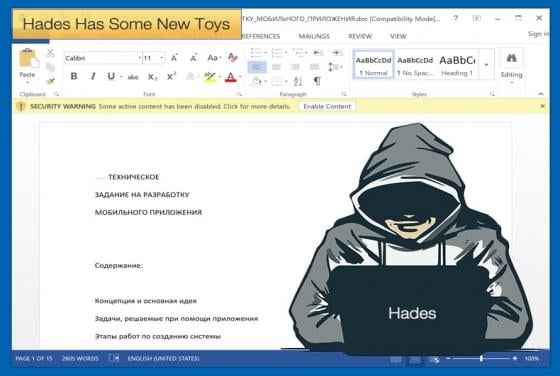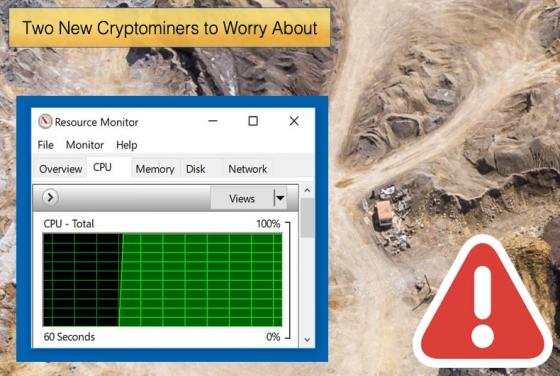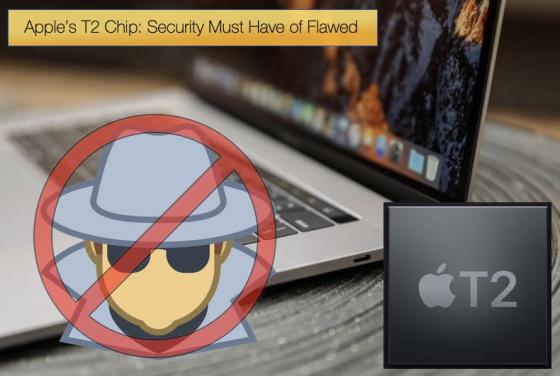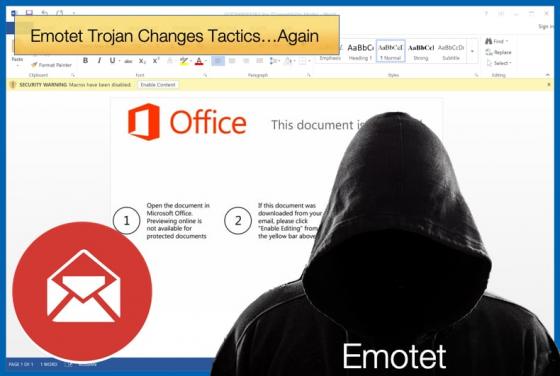

Linux Cryptominer Disables Antivirus
It seems like nearly every week, sometimes every few days, security researchers discover a new crypto miner. The latest discovery is not only a crypto miner also installs a rootkit and another strain of malware that can execute DDoS attacks. Malware targeting Linux users is not as common an occurren








